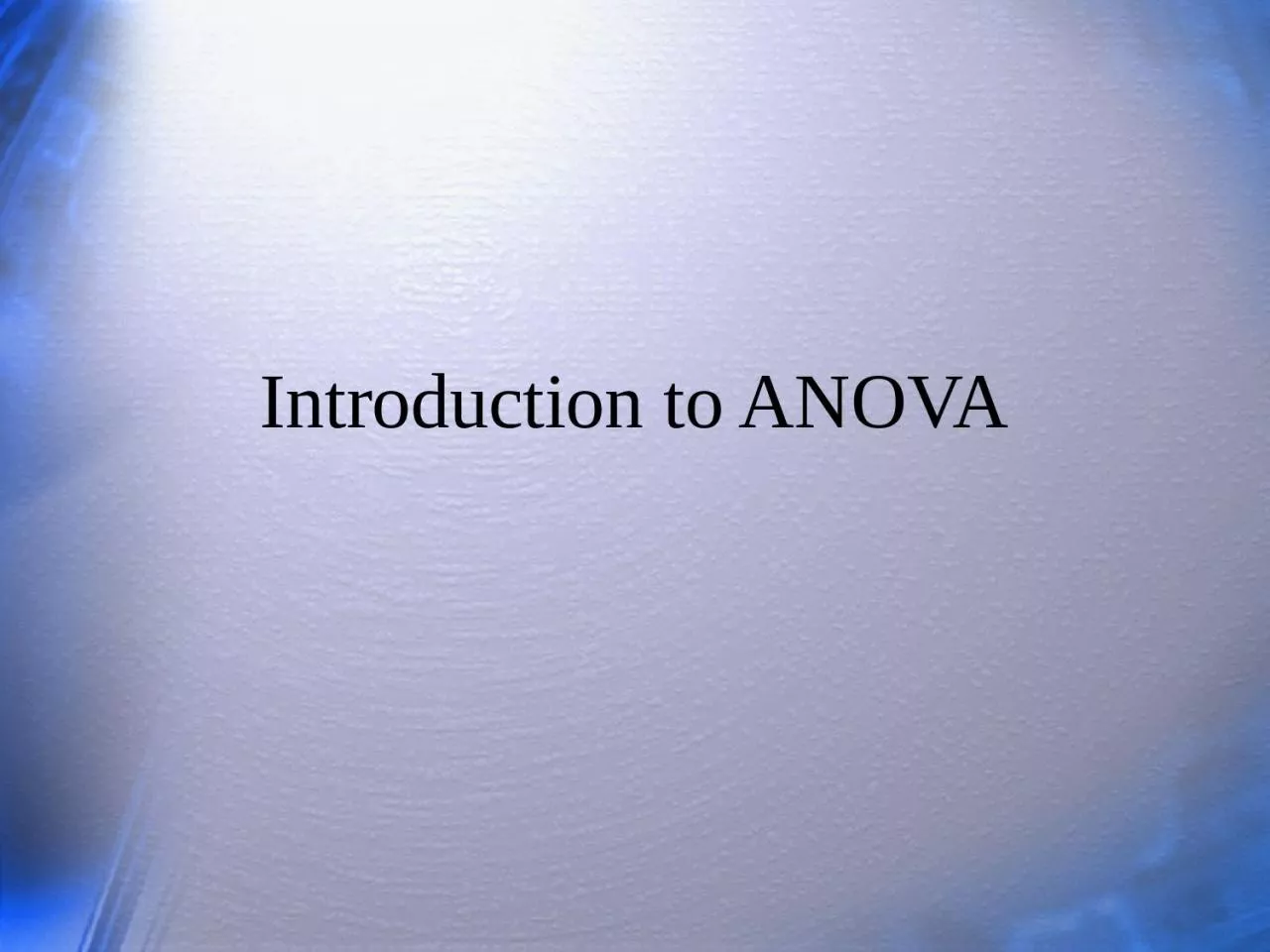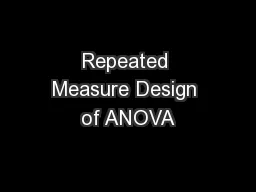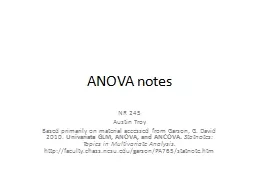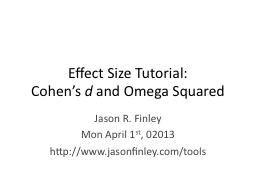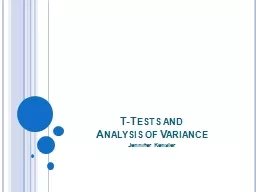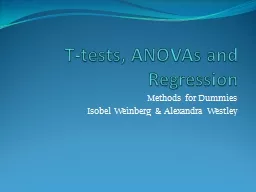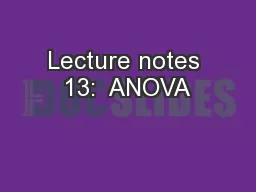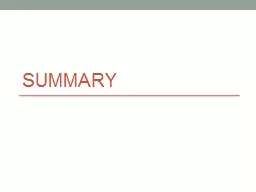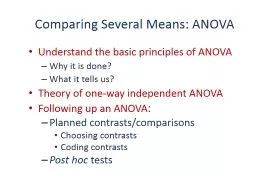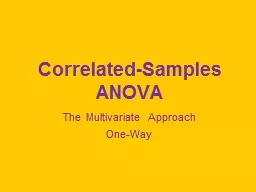PPT-Introduction to ANOVA Questions
Author : isabella | Published Date : 2024-03-13
ANOVA makes assumptions about error for significance tests What are the assumptions What might happen why would it be a problem if the assumption of normality equality
Presentation Embed Code
Download Presentation
Download Presentation The PPT/PDF document "Introduction to ANOVA Questions" is the property of its rightful owner. Permission is granted to download and print the materials on this website for personal, non-commercial use only, and to display it on your personal computer provided you do not modify the materials and that you retain all copyright notices contained in the materials. By downloading content from our website, you accept the terms of this agreement.
Introduction to ANOVA Questions: Transcript
Download Rules Of Document
"Introduction to ANOVA Questions"The content belongs to its owner. You may download and print it for personal use, without modification, and keep all copyright notices. By downloading, you agree to these terms.
Related Documents

